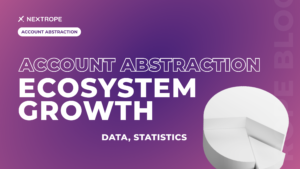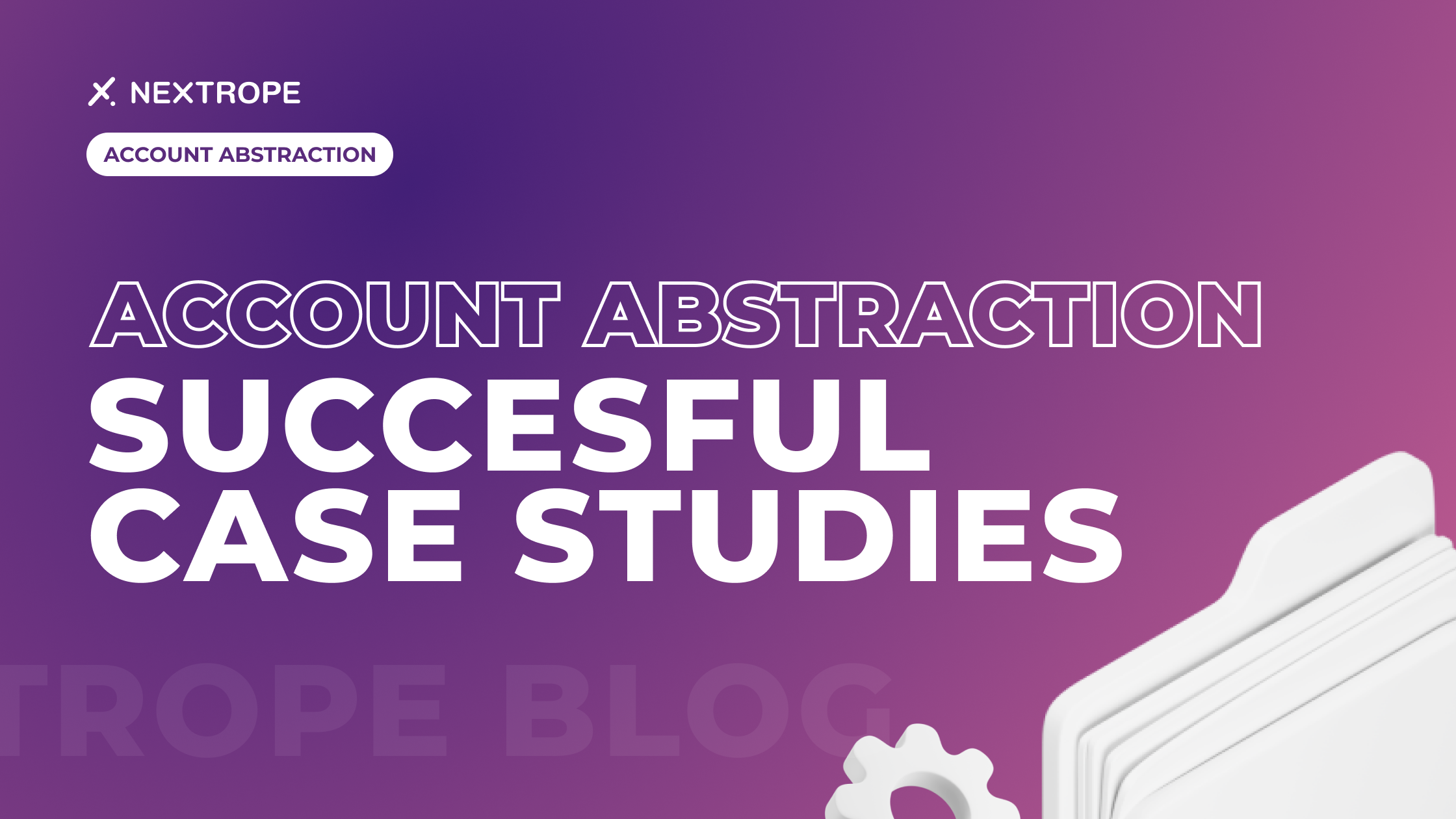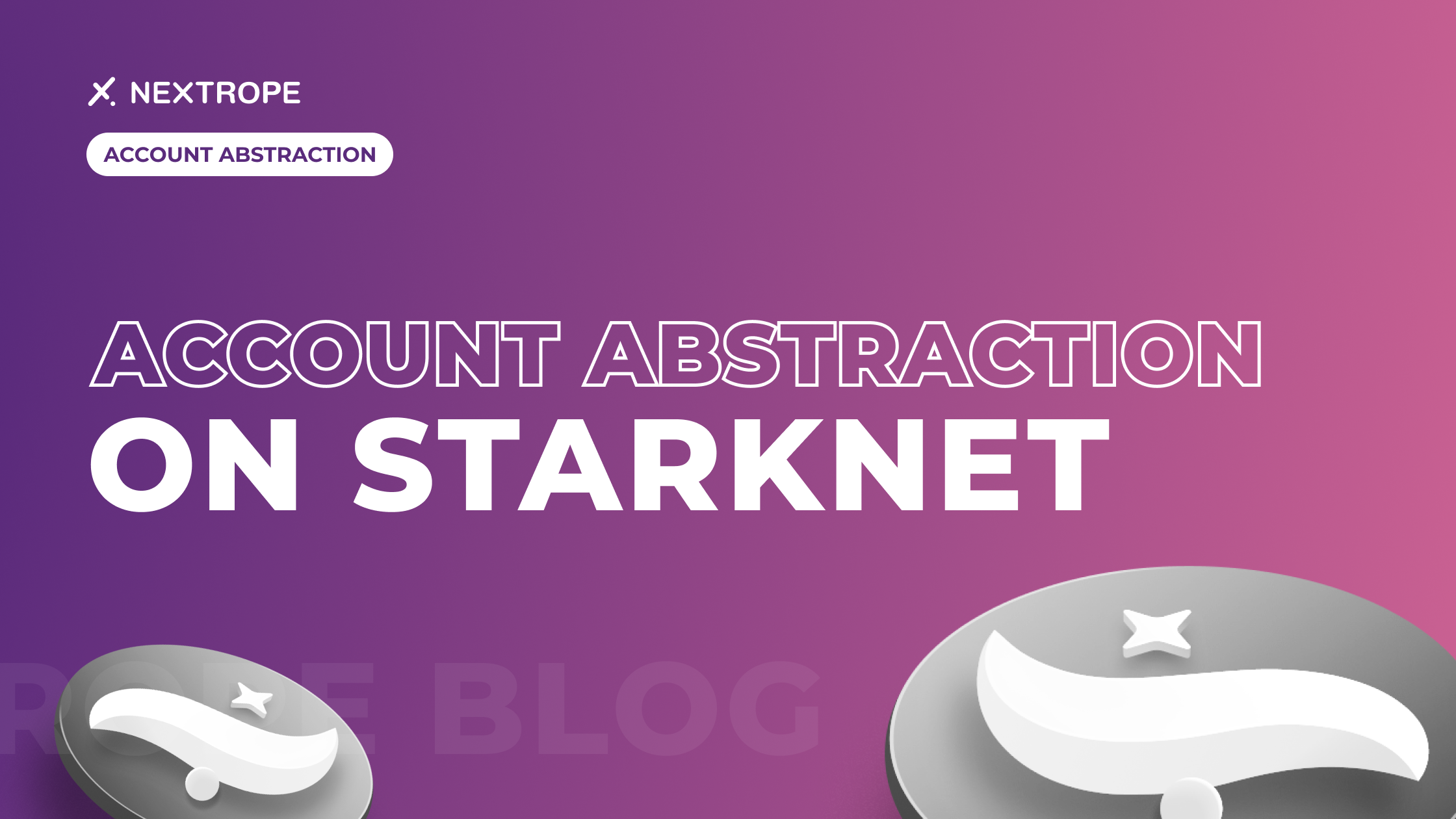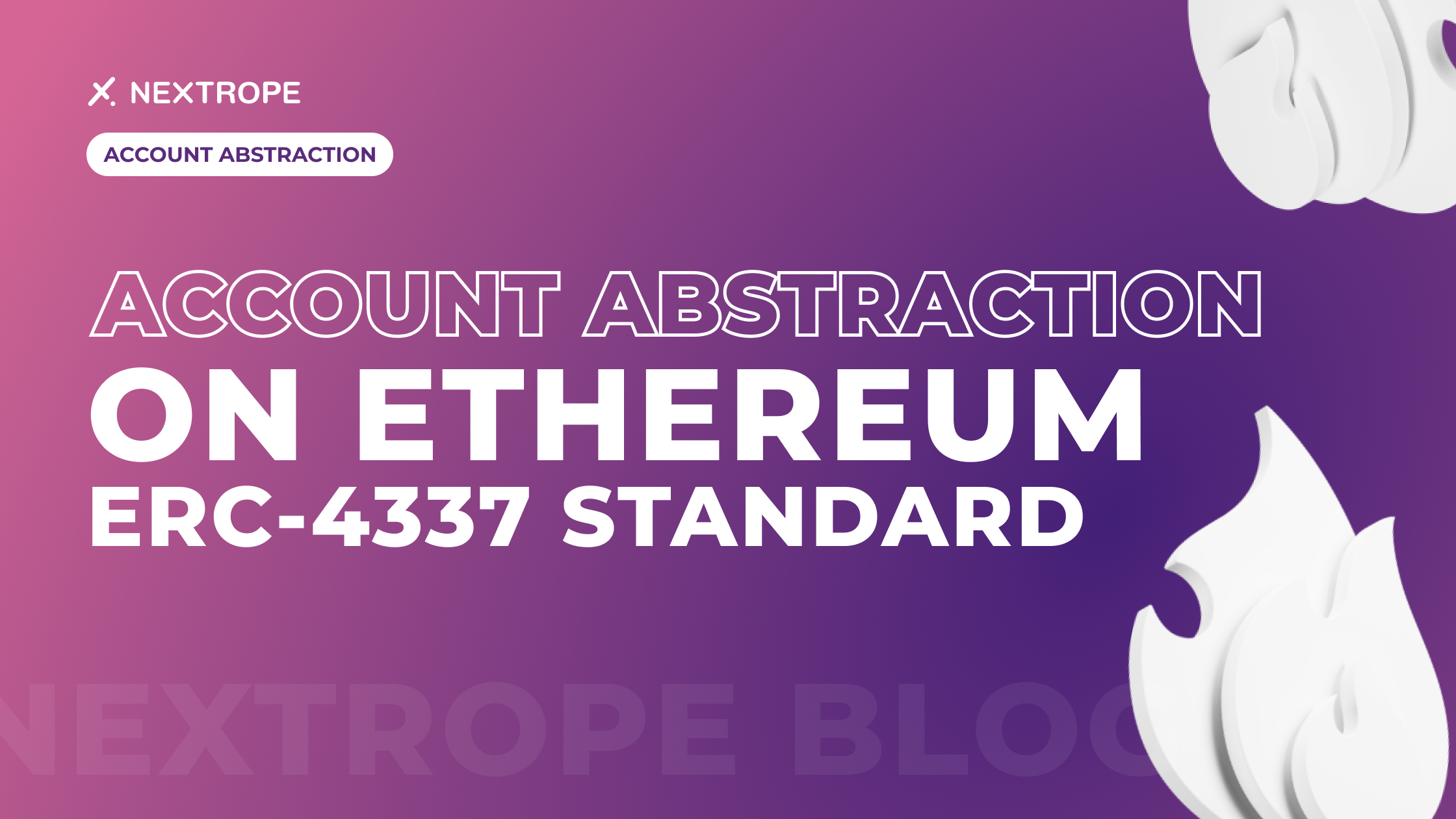As of December 2023, a sequence of indicators highlights the escalating attention garnered by Account Abstraction impactful concept. The cumulative count of active accounts has reached 1,500,000 and the aggregate count of successfully executed UserOperations has reached 7,230,000 (Data: DUNE)
Account Abstraction
Account Abstraction (AA) has emerged as a pivotal innovation in the realm of blockchain and cryptocurrencies, redefining user interactions and broadening the scope of decentralized applications. As we delve into 2023, AA's ecosystem has witnessed a remarkable upsurge, underscoring its growing significance in the industry. This article aims to dissect this surge, unraveling the intricate web of data and statistics that underscore the expansion of AA. By exploring the latest trends, technological advancements, and the economic implications within this dynamic domain, we seek to provide a detailed perspective on the growth trajectory of Account Abstraction and its profound impact on the future of Web3 and digital finance.
The Surge of Account Abstractions in 2023
In 2023, the Account Abstraction (AA) sector has experienced a remarkable upswing, marked by the deployment of over 1,500,000 ERC-4337 accounts across key platforms like Ethereum, Arbitrum, Optimism, and Polygon. This notable increase reflects a growing user base and heightened activity in the AA ecosystem. Enhanced user operations have become evident, showcasing a broader acceptance and integration of AA into the mainstream blockchain infrastructure. This surge not only signifies technological progress but also indicates a shift in how users interact with blockchain applications, paving the way for more intuitive and accessible decentralized services.
Platform-Specific Growth Analysis
Polygon Account Abstraction Statistics
Polygon's Leap Forward: Polygon has made notable strides in AA, driven by its user-friendly approach and strategic collaborations. The platform has seen a surge in account numbers and user operations, contributing significantly to the AA ecosystem.
DATA as of 7th December:
1,081,723 - Total Accounts
5,846,241 - Total Successful UserOps (Pseudo-transactions made by smart accounts)
3,992,105 - Total ERC-4337 Bundle Transactions (Bundles of UserOps executed together)
156,363.46 MATIC - Polygon Total Gas Sponsored by Paymasters (Gas fees paid on behalf of users by paymasters)
Source: DUNE
Optimism Account Abstraction Statistics
This platform has demonstrated substantial growth in AA. It focus on scaling solutions and user experience improvements has led to increased account growth and user operations, indicating their growing influence in the AA landscape.
DATA as of 7th December:
192,722 - Total Accounts
576,854 - Total Successful UserOps (Pseudo-transactions made by smart accounts)
464,609 - Total ERC-4337 Bundle Transactions (Bundles of UserOps executed together)
159.52 ETH - Optimism Total Gas Sponsored by Paymasters (Gas fees paid on behalf of users by paymasters)
Source: DUNE
Arbitrum Account Abstraction Statistics
Arbitrum has seen a significant uptick in AA adoption. Its focus on scalability and efficient transaction processing has attracted a growing number of users and developers, leading to an increase in the deployment of AA accounts and the volume of user operations.
DATA as of 7th December:
234,278 - Total Accounts
358,976 - Total Successful UserOps (Pseudo-transactions made by smart accounts)
334,007 - Total ERC-4337 Bundle Transactions (Bundles of UserOps executed together)
115.19 ETH - Arbitrum Total Gas Sponsored by Paymasters (Gas fees paid on behalf of users by paymasters)
Source: DUNE
The Role of Paymasters and Bundlers
In the AA ecosystem, Paymasters and Bundlers play a critical role. Paymasters act as financial guarantors, ensuring transaction fees are covered, while Bundlers aggregate transactions for efficiency and speed. 2023 has seen a significant growth in transactions involving both, reflecting their increasing importance in the ecosystem. This growth not only enhances the user experience by simplifying transactions but also contributes to the robustness and scalability of the AA framework.
Financial Implications
Financially, the growth in AA has had notable implications. The increase in transactions has led to higher revenue for both Bundlers and Paymasters. This growth impacts gas fees, influencing the overall economic dynamics within the blockchain ecosystem. The expansion of AA thus plays a vital role in shaping the financial landscape of decentralized networks.
Conclusion
The growth of Account Abstraction in 2023 marks a significant milestone in the blockchain sector. The increasing role of Paymasters and Bundlers, coupled with the financial implications of this growth, underscores the evolving nature of blockchain technology. This expansion not only enhances user experience and transaction efficiency but also has a profound economic impact, paving the way for further innovations and adoption in the broader blockchain ecosystem.
READ about successful case studies
If you are interested in utilizing Account Abstraction or other blockchain-based solutions for your project, please reach out to contact@nextrope.com
FAQ
What is the growth trend of Account Abstraction in 2023?
- Over 1.5 million ERC-4337 accounts deployed, reflecting increased activity.
What are the specific growth statistics for Polygon, Optimism, and Arbitrum in terms of Account Abstraction?
- All platforms show substantial growth in accounts and successful operations.
The financial implications of the growth in Account Abstraction
- Increased revenue for Bundlers and Paymasters, impacting gas fees and the overall economy.
What roles do Paymasters and Bundlers play in the Account Abstraction ecosystem?
- Paymasters ensure fee coverage, while Bundlers aggregate transactions for efficiency.
 en
en  pl
pl 







